Don’t worry, Asia has pushed us back to THREE past pandemics
- Tram Ho
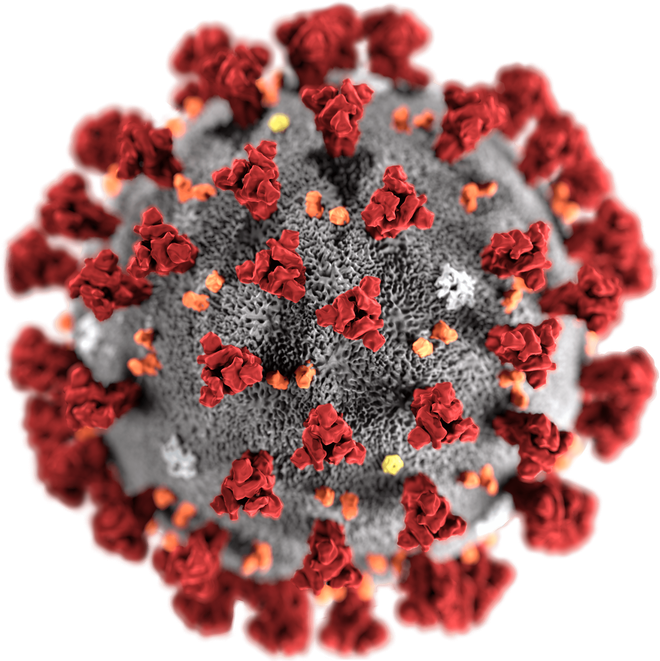
2019-nCoV.
The acute respiratory infection caused by the new strain of corona virus is spreading rapidly, there have been 28,339 people infected and 565 people died by 2019-nCoV but certainly the number will not stop there. However, when we turn to history, we will never see Asia succumbing to the great pandemic, no matter how ominous the numbers are.
Let’s focus on the corona virus, which is more common in animals. When spread on people, the corona virus virus usually causes only the common cold. There have been strains that have caused pandemics, and 2019-nCoV – the ongoing pandemic – is not the first corona virus strain we have to face in Asia.
We have repelled SARS-CoV
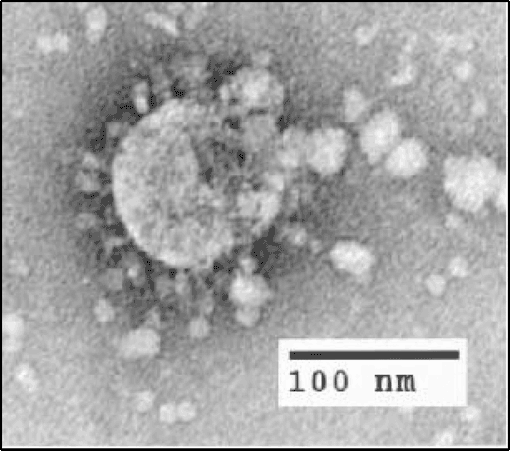
SARS-CoV.
SARS stands for Severe acute respiratory syndrome, meaning Severe Acute Respiratory Syndrome, with the first case in China in 2002. The ominous virus spread to 37 countries, causing 8,422 people infected and 916 deaths – that is, the mortality rate is quite high, reaching 10.9%.
The risk of a re-epidemic is lurking here, when it is not clear whether SARS-CoV is still present in animals. However, up to 2003, we have temporarily eliminated the human SARS epidemic and from 2004 until now, the world has not recorded any more cases of SARS.
We continue to restrict MERS-CoV
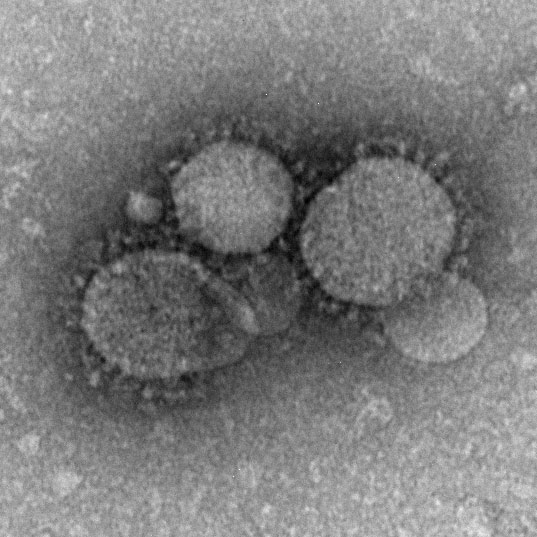
MERS-CoV.
The MERS-CoV virus is also a corona virus, related to both SARS-CoV and 2019-nCoV, causing the Middle East Respiratory Syndrome. The first recorded MERS case was a man in Saudi Arabia in 2012. Also in 2012, a series of new cases emerged in Saudi Arabia and Qatar, not knowing that This is an animal-to-human virus, only knowing that MERS-CoV is not so easily spread, that human-to-human transmission occurs only when they are physically touched.
There are 2,494 cases with 858 deaths, bringing the MERS mortality rate to 34.4%.
In 2015, an outbreak of MERS took place in Korea, it was recorded 87 cases of infection and 6 deaths; South Korea has isolated more than 2,500 people. By the end of 2015, there were 186 cases of infections in Korea, including 38 deaths.

The wedding during the SARS epidemic in Korea, 2015
Like SARS, there is no special treatment or vaccine to prevent MERS, there are still cases of MERS deaths by the end of 2019 but (a 67-year-old woman in Doha, Qatar), but local authorities have There are timely isolation plans, closely monitoring individuals who have contact with the sick. Like every other pandemic, when governments urgently act, prevent it as soon as the danger rekindles.
You probably still remember bird flu A – H5N1
Who would have thought a bird on a window could have killed tens of millions of people, and became a worldwide contagious disease. If you are not sure what the event is, read this article to understand how the H5N1 flu caused Spain to suffer in 1918.
To make matters worse, when the virus began to spread to Asia. In 1925, Japan recorded the first cases of H5N1, Hong Kong discovered the H5N1 virus spread in its territory in 1997. By 2004, Southeast Asia witnessed H5N1 outbreak.
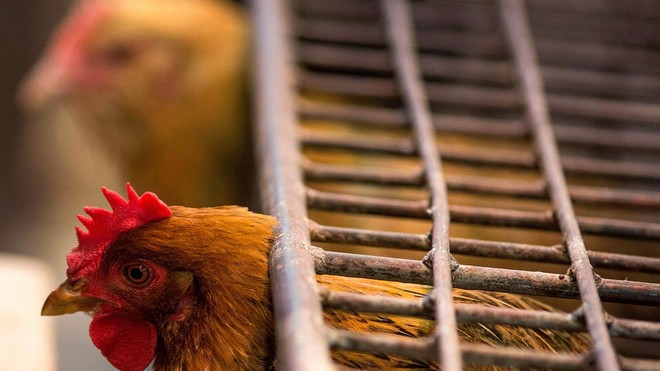
Indonesia and Vietnam are the two Asian countries most heavily affected by avian influenza, with 192 cases and 160 deaths in Indonesia, 124 cases and 62 deaths in Vietnam. Southeast Asia had to destroy millions of poultry, causing great economic losses. However, the number of chickens lost means eliminating the potential pathogens. The remaining problem is to treat infected people effectively.
Influenza is highly contagious and spreads very quickly, can cause epidemics and pandemics, especially new influenza strains. Therefore, cases of suspected influenza need to be diagnosed early and then isolated and treated at a health facility.
All Vietnamese hospitals have separate rooms for highly contagious diseases like influenza. In the infirmary condition and family, patients and contacts must wear a closed mask, eyeglasses, gloves, and wash hands with soap regularly; the time to isolate patients is about 5 days after the onset of illness. Particularly with influenza A – H5N1, there are separate isolation instructions with a higher level of safety.

The patient came out from the isolation area of Cho Ray Hospital.
Surely you still remember the H5N1 bird flu, and you also remember that the New Year’s Tet in recent years, we can still eat chicken without paying any attention to the epidemic. This is all thanks to the global epidemic control in general and Vietnam in particular.
Obviously, the epidemic has not completely disappeared, H5N1 continues to mutate, making the development of drugs ineffective, but that highlights the importance of controlling the epidemic.
So what can individuals do?
When future generations look back at the beginning of the 2020s, they will see 2019-nCoV as yet another example of the spirit of the unyielding of the ancients – that’s us of the present moment.
Just like getting vaccinated to continue to prevent long-lost diseases, the most effective thing we can do is to protect ourselves and those around us. Invisible medium, this action will create a protective shield for the whole community.
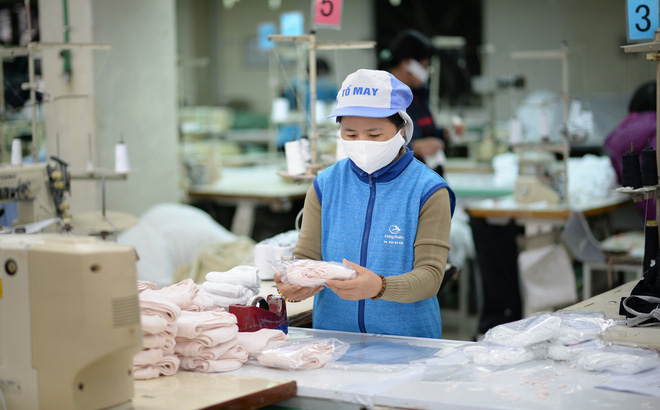
Workers wear masks to meet the high demand.
According to WHO recommendations, the 2019-nCoV virus is spread through exudate from an infected person when they talk, sneeze, cough and the virus can fly within 2 meters of an infected person, besides using food. Unknown origin or use of raw foods will also increase the risk of disease.
From these, one can easily deduce ways to reduce the risk of disease. Here is the World Health Organization’s advice for the 2019-nCoV pandemic:
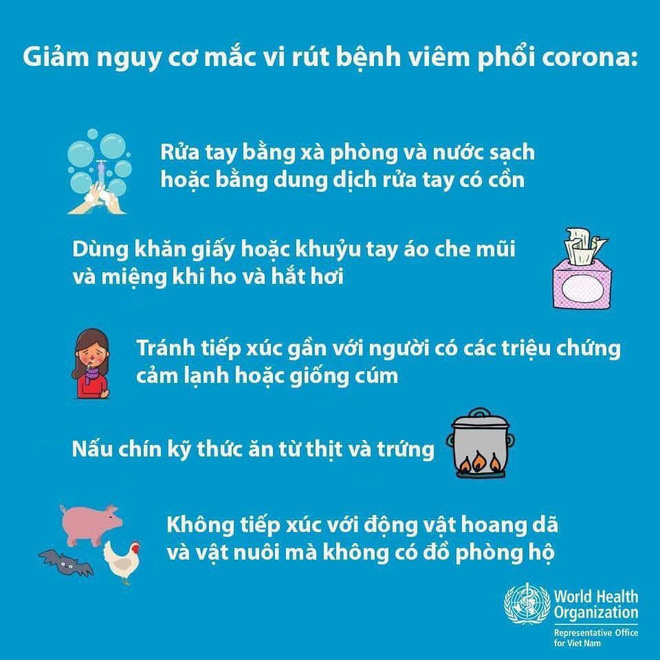
Equipping useful information and knowledge – in time to build a shield to protect yourself and those around you from the acute respiratory infection caused by a new strain of corona virus at: https://lotus.vn/ lachanviruscorona
Download the Lotus app to check your knowledge, get the latest alerts and follow reputable sources about the disease.
Aggregate data from WHO homepage and Ministry of Health document
Source : Genk

